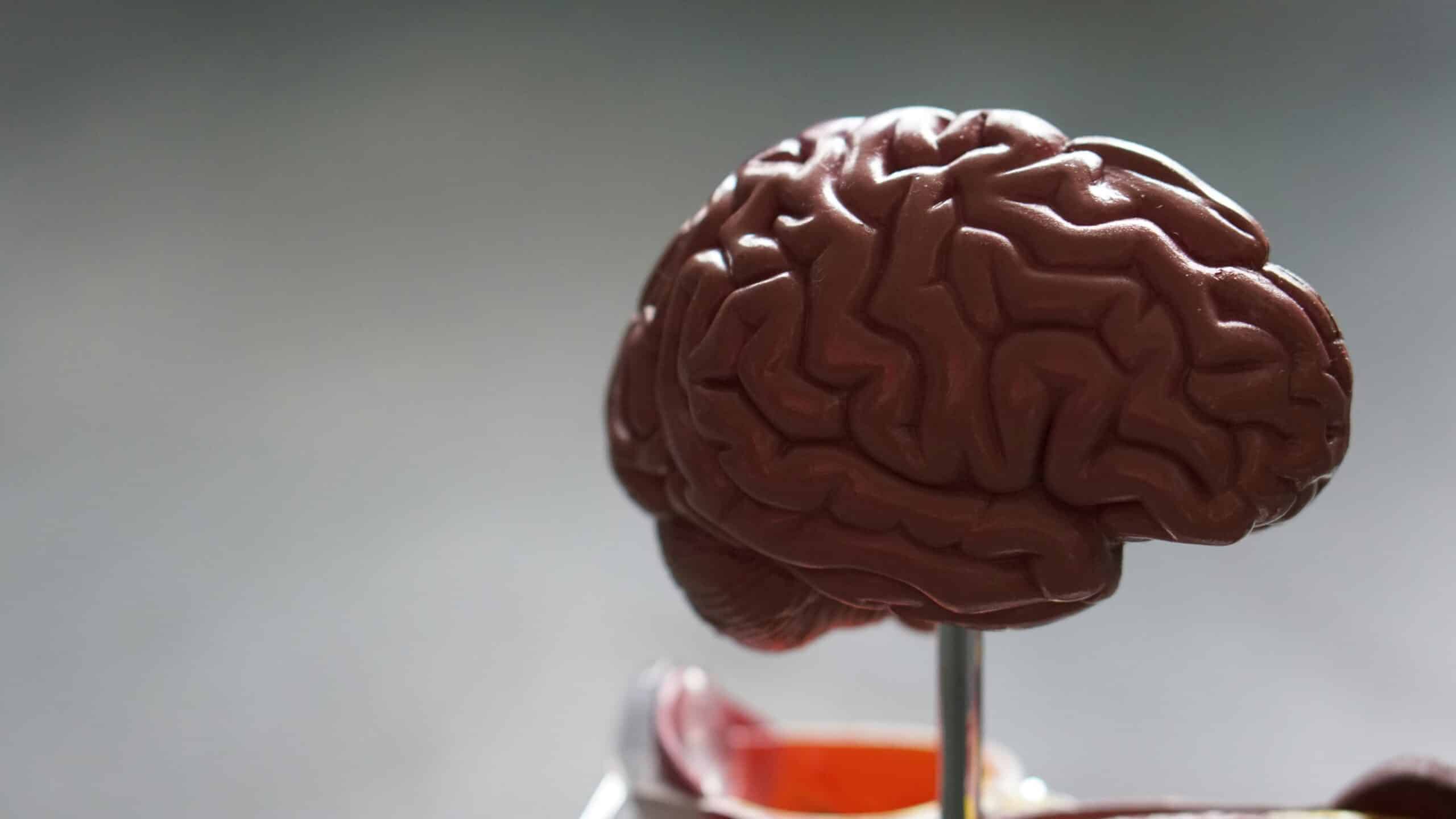Signs of Neurodivergence in Patients

With an estimated 15-20% of people exhibiting some degree of neurodivergence, it’s vital for healthcare professionals to have knowledge and training that supports a wide range of potential patient needs. Neurodivergence can have a significant impact on health outcomes, including difficulty scheduling appointments, communicating medical issues, managing medications, and navigating complicated portals and systems.
Fortunately, ongoing research and continuing education are equipping physicians, nurses, and staff with the skills they need to create effective care plans and support engagement with the healthcare system. Courses like The Family Tree of Comorbidities for Adults with ADHD offer valuable insights into the signs of neurodivergence and effective strategies for supporting these patients.
Here are some of the most common neurodivergent disorders healthcare professionals in all roles should expect to encounter, their symptoms, and how to create patient care plans that will help support success.
What is Neurodivergence?
“Neurodivergence” puts language around the idea that some people don’t think or behave according to what science considers typical. It can be a difficult concept to define because terms like “normal” have the potential to be charged with bias or prejudicial thinking.
From a healthcare standpoint, neurodivergence refers to diagnosable disorders based on quantifiable data sets that affect people’s thought patterns, communication, and behavior. This may include developmental, genetic, or even acquired conditions such as lingering COVID-related processing issues.
It’s important to remember that neurodivergence isn’t necessarily considered a disadvantage. In fact, many highly successful healthcare professionals are actually neurodiverse. However, any neurodivergent person may face struggles when engaging with complex healthcare systems and processes that aren’t designed to support atypical cognitive functioning.
This can result in poor health outcomes and traumatic experiences that could have been avoided with high-quality training and education.
Who is Considered Neurodivergent?
Neurodivergence itself is not a diagnosis, but an umbrella term that incorporates a spectrum of common and uncommon disorders. When encountering a patient who is neurodivergent, physicians and nurses will need to assess a range of observed and recorded symptoms to identify the specific condition and deliver appropriate support.
Here are some of the most common neurodivergent disorders all healthcare professionals should be aware of:
- Autism Spectrum Disorder (ASD) affects roughly 8% of the population regardless of race, ethnicity, and socioeconomic status. Symptoms can range from mild to severe limitations on socialization, communication, and behavioral flexibility.
- ADHD is an extremely common neurodevelopmental disorder that can affect a person's ability to focus, control impulses, and process environmental stimuli. It is most commonly diagnosed in children but can be present at any age.
- Dyslexia affects how the brain processes written language, and can create serious communication obstacles for patients. Dyslexic people may have trouble reading prescriptions, following written directions, filling out forms, and scheduling appointments.
Because these conditions can all produce social, personal, and professional challenges, neurodiverse people are also at higher risk for compounding conditions like depression, anxiety, and other mental health issues. Physicians, nurses, and administrators all need to be aware of potential complications and deliver appropriate support and care.
What are Some of the Signs of Neurodiversity?
Because patient contact often takes place in the absence of information, healthcare professionals can’t expect to find a diagnosis conveniently written on a chart. Nurses and physicians—especially in front-line roles—need to be well-versed in the symptoms and signs of neurodiversity, and they should be prepared to take evidence-based steps to identify these conditions and manage them accordingly.
Some of the most common indicators of an underlying neurodiversity issues may include challenges with:
Social interactions
Neurodivergence can result in difficulty with basic intrapersonal interactions, making eye contact, or reading body language. This is particularly common in patients with autism and ADHD, although every instance will be unique in its constellation of symptoms and severity.
Communication
Neurodiverse patients can express difficulty with communication in both spoken and written forms. This may include knowing what they want to say but not being able to get the words out, stuttering, or repetition.
Physicians should speak slowly and carefully to identify underlying issues and explain upcoming options and procedures. Also, nurses have the opportunity to interact with patients on a regular basis and establish communication formats that support their success. In these situations, collaboration between care team members can be just as important as communication with the patient.
Sensory Processing
People with neurodiversity sometimes experience unusual responses to sensory input. This can manifest as an atypical sensitivity to light, sound, touch, and smells. Hospitals can be highly dynamic environments, and nurses can support these patients by limiting distractions, flashing lights, loud sounds, and disruptions to routines as much as possible.
Focus
Neurodiverse patients may have difficulty focusing or experience hyperfixation around particular objects or ideas. People with ADHD are particularly at risk for challenges surrounding concentration, managing medications, and following care plans.
Learning
Neurodiverse people of all types may have a hard time with reading, writing, and calculation. This can present serious obstacles with taking medications, participating in aftercare and intermediate care, navigating patient portals, and keeping up with outpatient rehabilitation.
Routines
Neurodiverse patients sometimes express repetition in their behaviors or are atypically attached to routines. This can be observed as unusual physical behaviors like rocking or tics, obsessive-compulsive inclinations, or extreme dependence on established habits.
Executive Functioning
Executive functioning is a set of mental processes that help people plan, solve problems, and manage emotions. Difficulty with executive functioning can result in complications surrounding memory, flexible thinking, and self-control.
Healthcare professionals need to be acutely aware of executive functioning issues, especially as they pertain to signing consent forms and choosing care plans. Interprofessional collaboration or the inclusion of family members may be necessary for managing both health and liability issues if there are signs of neurodivergence that could impact decision-making.
Can You Identify the Signs of Neurodivergence?
Healthcare professionals and institutions are becoming increasingly aware of the signs of neurodivergence and how to manage it in their patients. However, the spectrum is very broad, and new studies are updating best practices and strategies all the time.
Premiere is committed to keeping physicians and nurses up to date on the latest information about identifying, managing, and treating a wide range of neurodiverse patients. Courses like ADHD in Focus - Spotlight on ADHD in Girls created by Megan Arbour Ph.D., RN, CNM, CNE, and Jenna Lapointe, Licensed Independent Clinical Social Worker, Mental Health Therapist, Betterhelp, offer critical insight into the symptoms of ADHD and the unique challenges faced by girls.
This is just one valuable resource on neurodiversity that Premiere offers, and all courses are developed by leading industry professionals in convenient online formats to support learning that matches your busy schedule.
Latest Posts


.png)
.jpeg)


